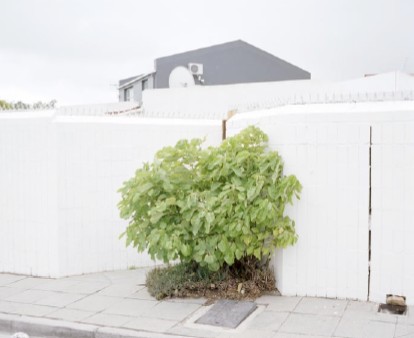
Galleria Manzoni presents, on March 2nd, the first solo exhibition of Marco Lachi, a young photographer, native of Florence, who has been living in Cape Town for the past two years.
The exhibition "Cape Town - South Africa", curated by 3/3, narrates, through a selection of 20 pictures, the personal vision of Marco Lachi on the phenomenon of urban fear in Cape Town residential areas and in some other South African
suburban areas. A vision that becomes more complex through an approach that goes from mainly analytical to more personal, revealing Marco Lachi’s relationship with the environment, always in search of that subtle tension that animates the world around him.
Focusing primarily on the delicate balance between the defensive barriers - with concrete walls that rise to protect the homes, the barbed wire, the signs of the massive presence of private security companies, the cameras- and natural
elements that, while framing the profiles of landscapes characterized by an almost ‘cinematic aesthetic’, also highlight a tendency to barricade themselves, masking the barriers through the beauty of an "entangled” nature, which, at
closer look, is often fragile. A dynamic that involves the urban dimension of the twenty-first century worldwide.
“In South Africa, Marco Lachi found what he sought. High and clean lights emphasizing the harmonious lines of the architecture, the sobriety of the buildings, the colors of a lush nature that creeps in the crevices or over the walls.
The walls, indeed. In fact, with a more accurate look one realizes that Marco Lachi’s work is mainly dedicated to the walls, fences, the protections. The deceptive, high lights and a fine use of documentary style remove the pathos from the images and make the perception of defense and fear, hardly perceptible. Lachi doesn’t describe South Africa, but he collects, in an ideal notebook, personal notes in accordance with the lessons of the American photography, that advocates a non-judging objectivity [...] Lachi’s photography forces us to a maieutic effort, to overcome the objective fascination of the images and analyze in depth what it wants to tell us.”
(Giovanna Calvenzi – from the introduction in the exhibition’s catalogue)

